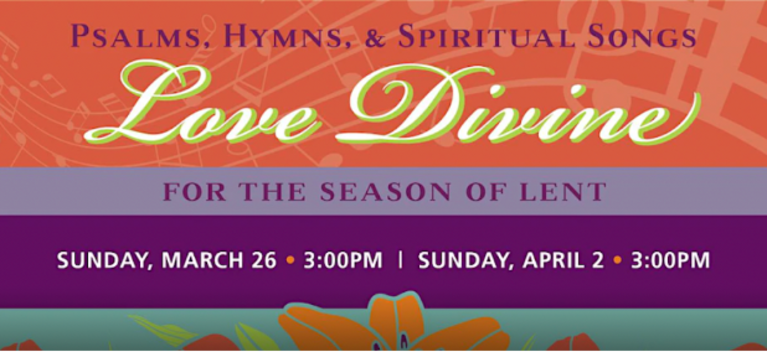In an article with the Denver Catholic, Ashley Crane, the catechetical school instructor for the St. John Vianney Lay Division, discussed St. Thomas Aquinas' hymn.
She related it to the transubstantiation in the Eucharist.
The hymn, "Adoro te devote," which, in English, translates to "Godhead Here in Hiding," is one of the saint's compositions that is still being sung in today's Churches.
According to Crane, the Eucharist, the "sum and summation of our religion," is the subject of the hymn.
The hymn begins with the following lyrics: "Godhead here in hiding whom I do adore / Masked by these bare shadows, shape, and nothing more."
Crane stated that this verse expresses a strong belief in the Real Presence of Christ in the Eucharist, even though his presence is not perceptible to the physical senses.
The doctrine of transubstantiation, which describes how Jesus becomes present in the Eucharist, is something that St. Thomas extensively examines in his theological writings.
According to Crane, this fact is expressed in the hymn's poetry.
Transubstantiation and the Eucharist
According to the Pew Research Center, the Catholic faith is based on the doctrine of transubstantiation.
The concept of transubstantiation holds that at Mass, the bread and wine used for Communion transform into flesh and blood of Jesus Christ.
This miracle involves a complete change in the composition of the bread and wine, but not their physical qualities. Rather, it's accidents or species.
While a thing's material determines what it is, its accidents or species determine how one experiences it via the use of senses, including how it appears, feels, tastes, and smells.
All of the physical qualities of the bread and wine persist after the consecration, but their essence or content has been altered.
Even while what one sees and tastes, to their senses, looks to be bread and wine, it is Christ, fully and significantly present.
According to Crane, Christ is present in Heaven "in the natural way of existence," that is, with his appropriate species or bodily attributes.
Meanwhile, he is mystically and sacramentally present in the Eucharist under the species of those perceptible objects, i.e., the species or the physical properties of the bread and wine.
Christ is undoubtedly present in many ways — in the other sacraments, in prayer, in Scripture,
in his people gathered together in his name, and so on.
But, his presence in the Eucharist is categorically different from any other way that he is present
to everyone here on earth.
Crane stated that for this reason, his presence in the Eucharist is referred to as his "Real Presence."
Body and Blood
The flesh, blood, soul, and divinity of Christ are entirely transformed from bread and wine.
Christ, however, is completely present beneath both of them.
They are not divided in the Eucharist because they are one in his risen, heavenly body.
According to Crane, the Eucharist is the richness of his humanity and divinity since Christ took human nature upon himself and irrevocably joined it to his divine nature in the Incarnation.
Whether one accepts the host and the chalice together or separately, one still receives all of Christ.
The Certainty of the Truth
Crane stated that the Real Presence of Christ in the Eucharist and transubstantiation are both taught by the Church as having the highest degree of certainty.
They are both facts included in divine revelation and officially established by the Church's Magisterium.
This is because it teaches that the most significant realities are those that are outside the range of one's bodily senses.
The second verse of St. Thomas's hymn declares that the appearance, texture, and flavor of the bread and wine are by no means everything there is to know about it.
She stated that beyond the range of bodily senses, under the species of bread and wine, is Christ himself—whole and complete in his body, blood, soul, and divinity.
More from Crossmap: Denver local artist explains painting as a vehicle for prayer




